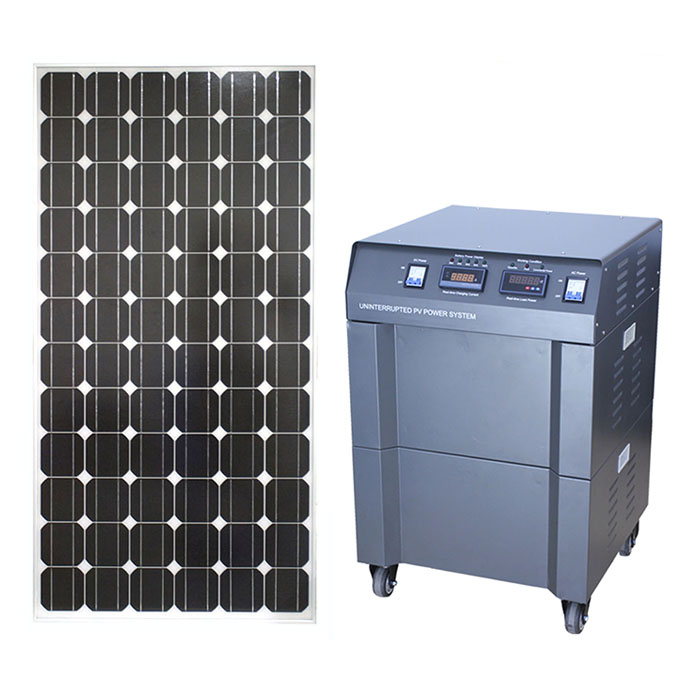Abstract:The efficiency of solar inverters refers to the growing market for solar inverters (photoelectric inverters) due to the demand for renewable energy. T...
The efficiency of solar inverters refers to the growing market for solar inverters (photoelectric inverters) due to the demand for renewable energy. These inverters require extremely high efficiency and reliability. The power circuits used in these inverters were investigated, and the best choices for switching and rectifying devices were recommended. The general structure of the photovoltaic inverter is shown in Figure 1. There are three different inverters to choose from. Sunlight shines on the solar modules connected in series, and each module contains a set of solar cell units connected in series. The direct current (DC) voltage generated by solar modules is in the order of hundreds of volts, and the specific value depends on the lighting conditions of the module array, the temperature of the battery, and the number of modules connected in series.
The primary function of this type of inverter is to convert the input DC voltage to a stable value. This function is implemented by a boost converter and requires a boost switch and a boost diode. In the first structure, after the boost stage is an isolated full-bridge converter. The role of the full bridge transformer is to provide isolation. The second full-bridge converter on the output is used to convert the DC-DC of the first-stage full-bridge converter into alternating current (AC) voltage. Its output is filtered before being connected to the AC grid network via an additional two-contact relay switch,
The purpose is to provide safe isolation in the event of a fault and isolation from the power supply grid at night. The second structure is a non-isolated solution. Among them, the AC voltage is directly generated by the DC voltage output by the booster stage. The third structure uses the innovative topological structure of power switches and power diodes to integrate the functions of boost and AC generation in a dedicated topology. Although the conversion efficiency of solar panels is very low, the efficiency of the inverter is as high as possible Close to 100% is very important. In Germany, the 3kW series modules installed on the south-facing roof are expected to generate 2550 kWh per year. If the inverter efficiency is increased from 95% to 96%, an additional 25kWh can be generated each year. The cost of using additional solar modules to generate the 25kWh is equivalent to adding an inverter. Since increasing the efficiency from 95% to 96% will not double the cost of the inverter, investing in a more efficient inverter is an inevitable choice. For emerging designs, the most cost-effective improvement in inverter efficiency is a key design criterion. As for the reliability and cost of the inverter, there are two other design criteria. Higher efficiency can reduce temperature fluctuations during the load cycle, thereby improving reliability, so these criteria are actually related. The use of modules will also improve reliability.
